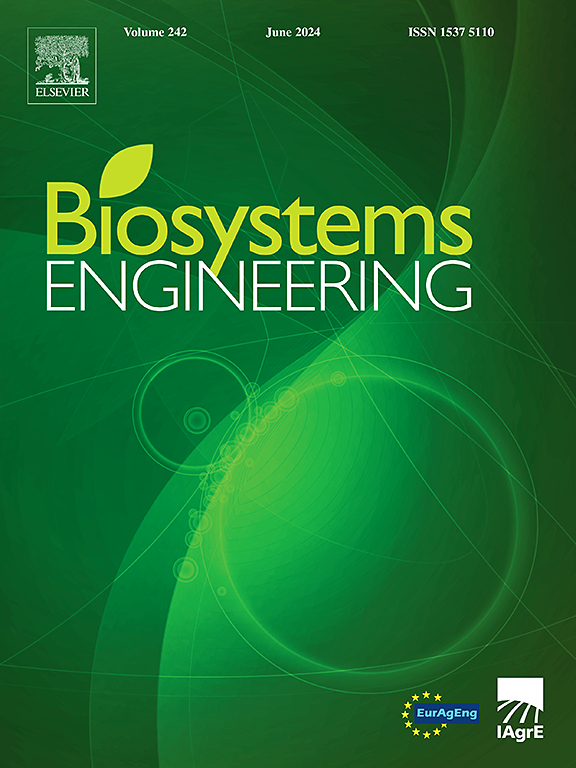Advancements in maize leaf disease detection, segmentation and classification: A review
IF 5.3
1区 农林科学
Q1 AGRICULTURAL ENGINEERING
引用次数: 0
Abstract
Maize is one of the most widely produced and consumed crops in the world. Production and quality are directly dependent on crop health. Many of the machine-learning (ML) and deep-learning (DL) approaches for maize leaf disease detection, segmentation and classification (MLDDSC) have been implemented for crucial tasks in sustainable agriculture. A total of 82 papers between the years 2020 and 2024 were selected after applying preliminary selection criteria focusing on the review's major goal. In this review paper, the latest developments of MLDDSC in the context of dataset sources, image pre-processing, image augmentation, feature extraction, evaluation metrics, machine-learning architectures, deep-learning architectures, and customisation techniques. The paper also discusses the challenges and future directions of research in MLDDSC, such as severity measurement, hyperspectral imaging, and lightweight models. Finally, a systematic and in-depth analysis is provided of the state-of-the-art methods and techniques for MLDDSC to highlight the potential and limitations of each approach. Overall, from the comparative analysis among the selected papers for review, it was found that multimodal logistic regression outperformed all ML algorithms, whereas pre-trained GoogleNet was efficient among DL models. Likewise, a customised model with fusion of inception and residual structure and a transfer learning model with EfficientNet outperformed all others. Regarding severity measurement, diseased leaf area was the most significant, but the techniques for calculating area can differ. The review also provides a taxonomy and comparison of the existing methods and techniques and identifies the research gaps and opportunities for further improvement.
玉米叶片病害检测、分割与分类研究进展
玉米是世界上生产和消费最广泛的作物之一。产量和质量直接取决于作物的健康状况。许多用于玉米叶片病害检测、分割和分类(MLDDSC)的机器学习(ML)和深度学习(DL)方法已用于可持续农业的关键任务。根据评审的主要目标,采用初步评选标准,在2020年至2024年期间共评选出82篇论文。本文综述了MLDDSC在数据集来源、图像预处理、图像增强、特征提取、评估指标、机器学习架构、深度学习架构和定制技术等方面的最新进展。本文还讨论了MLDDSC研究面临的挑战和未来的研究方向,如严重性测量、高光谱成像和轻量化模型。最后,系统深入地分析了MLDDSC的最新方法和技术,以突出每种方法的潜力和局限性。总的来说,通过对所选论文的比较分析,我们发现多模态逻辑回归优于所有ML算法,而预训练的GoogleNet在DL模型中是高效的。同样,一个融合了初始结构和剩余结构的定制模型,以及一个具有高效网络的迁移学习模型,其表现优于其他所有模型。在严重程度的测量中,病叶面积是最显著的,但计算面积的技术不同。本文还对现有方法和技术进行了分类和比较,并指出了研究差距和进一步改进的机会。
本文章由计算机程序翻译,如有差异,请以英文原文为准。
求助全文
约1分钟内获得全文
求助全文
来源期刊

Biosystems Engineering
农林科学-农业工程
CiteScore
10.60
自引率
7.80%
发文量
239
审稿时长
53 days
期刊介绍:
Biosystems Engineering publishes research in engineering and the physical sciences that represent advances in understanding or modelling of the performance of biological systems for sustainable developments in land use and the environment, agriculture and amenity, bioproduction processes and the food chain. The subject matter of the journal reflects the wide range and interdisciplinary nature of research in engineering for biological systems.
 求助内容:
求助内容: 应助结果提醒方式:
应助结果提醒方式:


